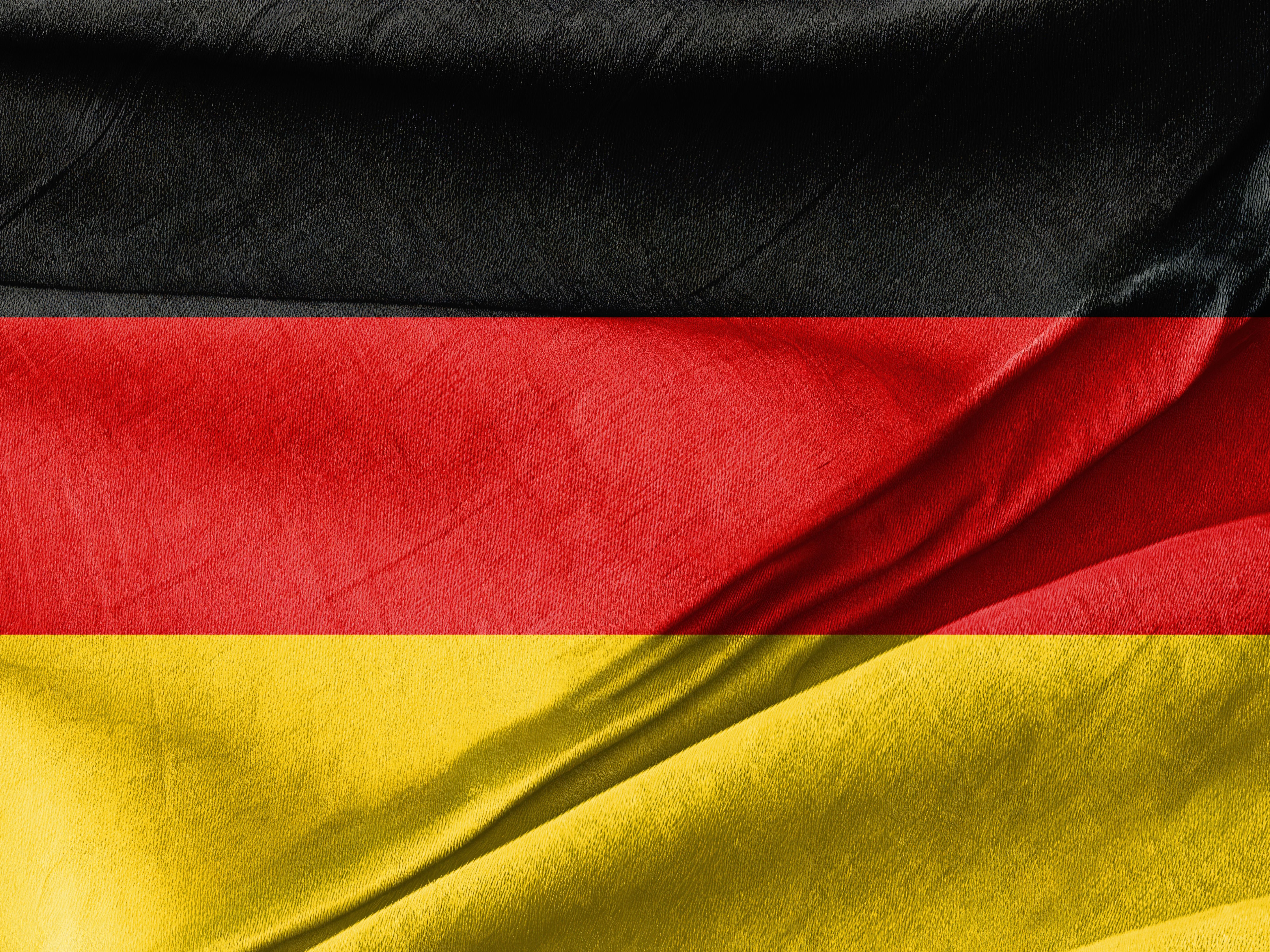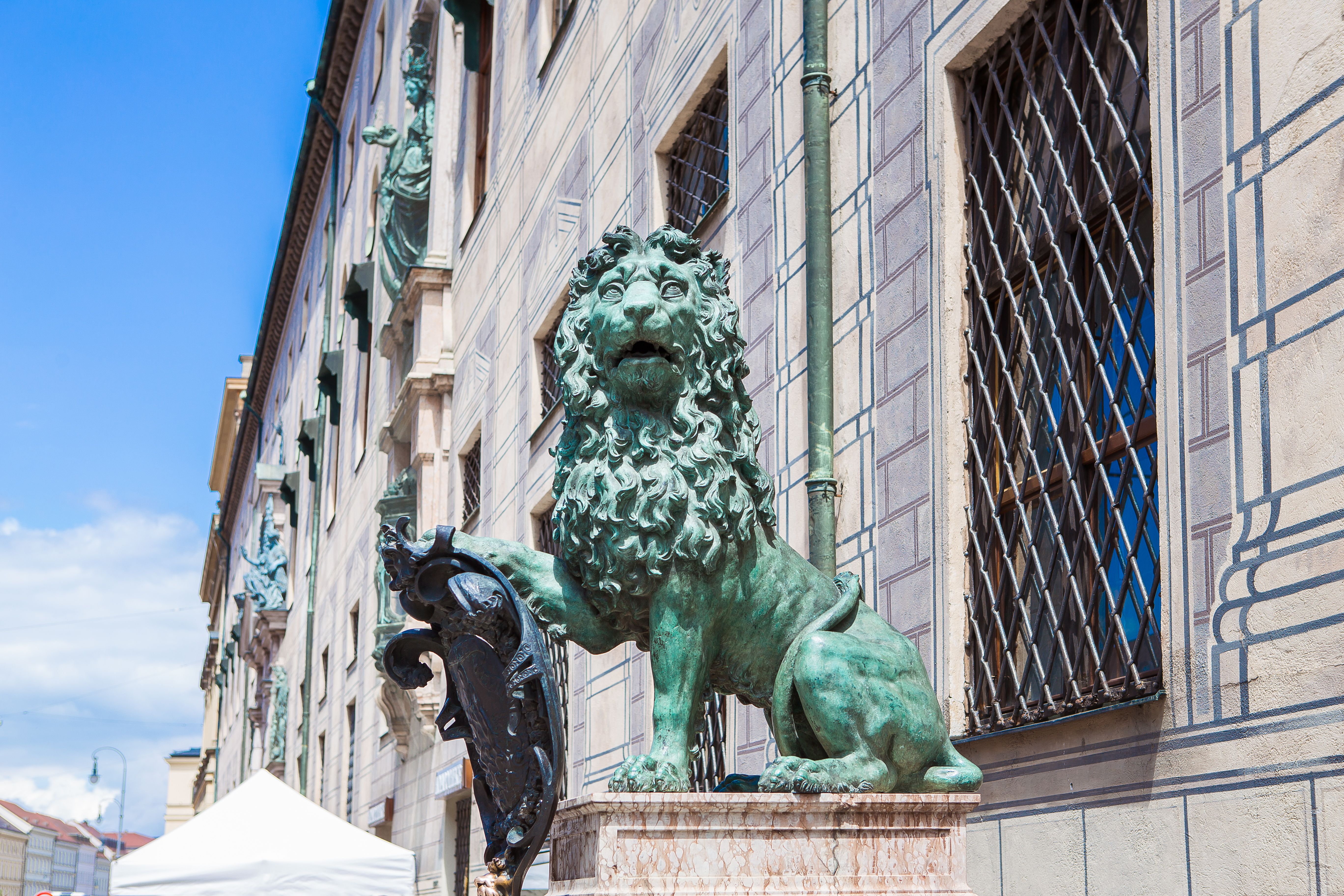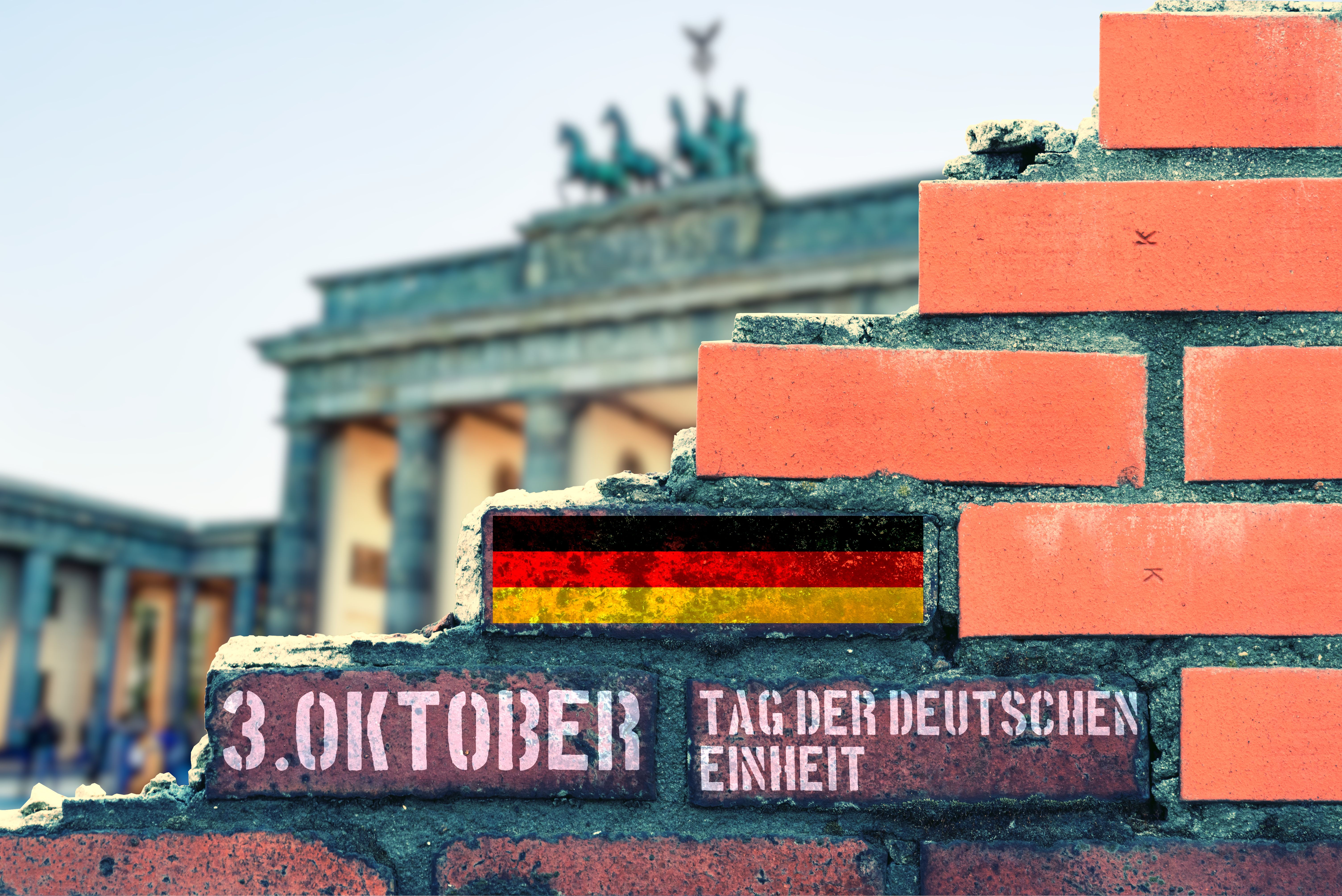Symbolism and Craftsmanship: The Story Behind the German Flag
RR
Understanding the Colors of the German Flag
The German flag is a powerful symbol of the nation, representing its history, culture, and values. The flag is composed of three horizontal bands of black, red, and gold, each carrying its unique significance. These colors have been associated with German identity for centuries, reflecting a deep connection to the country's past and aspirations for the future.
Historically, the combination of black, red, and gold was first used in the early 19th century during the Napoleonic Wars. These colors were worn by the Lützow Free Corps, a volunteer unit fighting against Napoleon. The hues were later adopted by the Frankfurt Parliament in 1848 as a symbol of a unified and democratic Germany, marking the beginning of their journey as national symbols.

The Evolution of the German Flag
The German flag has undergone several transformations over the years. Following the formation of the German Empire in 1871, black, white, and red became the national colors. It wasn't until after World War I and the establishment of the Weimar Republic in 1919 that the black, red, and gold tricolor was reinstated, symbolizing republican democracy.
During the Nazi regime, the flag changed again to feature a swastika on a red background. After World War II, Germany was divided into East and West, each adopting different flags. The current flag was officially adopted by West Germany in 1949 and then by unified Germany in 1990, signifying a return to the democratic ideals represented by the original tricolor.

Symbolism in Modern Germany
The modern German flag is not just a national emblem but a representation of unity and freedom. Each color carries specific meanings: black symbolizes determination and strength; red represents bravery and valor; and gold stands for generosity. Together, these colors encapsulate the spirit of Germany's journey through adversity towards a prosperous and peaceful nation.
The flag is proudly displayed during national holidays, sporting events, and international gatherings. It serves as a reminder of Germany's commitment to democracy and its role on the global stage. The design's simplicity allows it to be recognized worldwide as a symbol of resilience and hope.

Craftsmanship Behind the Flag
Creating a national flag is an art form that requires precision and attention to detail. The German flag is no exception, with specific guidelines dictating its proportions and color shades. The official dimensions require that the three stripes be equal in width, ensuring a balanced and symmetrical appearance.
The colors must also meet certain specifications to maintain consistency across all reproductions. The black should be deep and bold; the red should be vivid and bright; and the gold should have a metallic sheen that captures light beautifully. This meticulous craftsmanship ensures that every flag represents Germany with dignity and pride.
The Flag's Role in Cultural Identity
The German flag is more than just a piece of fabric; it's an integral part of the nation's cultural identity. It embodies the struggles and triumphs of the German people, serving as a constant reminder of their shared heritage and values. Whether flown at government buildings or waved by enthusiastic citizens at public events, the flag inspires unity and pride among Germans everywhere.
In conclusion, the story behind the German flag is one of symbolism, craftsmanship, and national significance. It tells a tale of resilience, unity, and hope, making it an enduring emblem of Germany's past, present, and future. With its rich history and powerful meaning, the flag continues to be a beacon of freedom and democracy for generations to come.